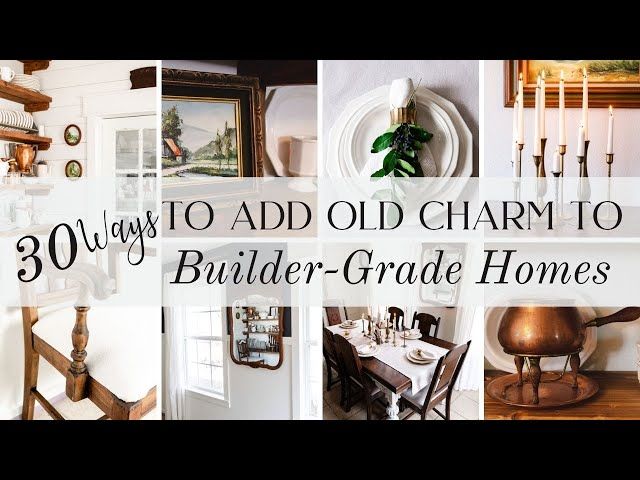In today’s fast-paced world, where modern architectural designs dominate the housing market, there is a certain allure in restoring old homes to their former glory. Vintage home restoration allows homeowners to preserve the rich history and unique charm that these houses possess. It is all about bringing back the character and elegance of a bygone era while incorporating modern comforts and conveniences. In this article, we will delve into the art of vintage home restoration and explore the steps involved in reviving the old charm.
The Timeless Appeal of Vintage Homes
Vintage homes hold a remarkable appeal that goes beyond nostalgia. They are a reminder of the craftsmanship and attention to detail that are lacking in modern construction. These houses often boast intricate woodwork, ornate plaster moldings, and grand fireplaces, all of which add an element of elegance and sophistication to the interiors.
The architectural styles of vintage homes vary depending on the era in which they were built. Whether it’s Victorian, Craftsman, Tudor, or Art Deco, each style has its unique features and intricacies. Restoring these homes not only honors their history but also adds value to the property.
Evaluating the Property
Before embarking on a vintage home restoration project, it is crucial to assess the property thoroughly. This involves evaluating the structural integrity, electrical and plumbing systems, and any existing damage. Hiring a professional inspector or restoration expert can help identify potential issues and create a detailed plan for the restoration process.
Preserving the Original Features
The goal of vintage home restoration is to retain, revamp, and preserve the original features that give the property its character. This includes restoring wooden floors, intricate woodwork, crown moldings, stained glass windows, and unique architectural details. Stripping away layers of paint, repairing damaged sections, and adding a fresh coat of polish can breathe new life into these elements while maintaining their authenticity.
Upgrading for Modern Comfort
While preserving the old charm is essential, it is equally important to upgrade the home for modern comfort and functionality. This involves rewiring the electrical system, updating plumbing, and integrating energy-efficient appliances. Careful consideration should be given to strike a balance between preserving the house’s vintage appeal and incorporating modern amenities.
Choosing the Right Materials
When restoring a vintage home, sourcing the right materials is vital. Original fixtures and materials may no longer be available, but there are many reproduction options that closely resemble the originals. For example, reclaimed wood can be used to replace damaged flooring or molding. Vintage-style wallpapers and tiles can be chosen to match the era of the home. An attention to detail when selecting materials helps in maintaining the authenticity of the property.
Preserving the Exterior
Vintage home restoration is not limited to the interior. Paying attention to the exterior is equally important. Restoring the façade, replacing worn-out windows, and refurbishing the front porch can significantly enhance the curb appeal. Repainting the exterior with appropriate colors from the era can bring the house back to its original glory.
Living in a Vintage Home
Once the restoration is complete, living in a vintage home is a truly unique experience. The warmth and charm exuded by these houses create an inviting and cozy atmosphere. Stepping into a vintage abode is like taking a step back in time. Each nook and cranny tells a story, and the attention to detail adds to the overall appeal. Vintage homes also offer a connection to the past, grounding us in history and reminding us of a simpler time.
In Conclusion
Vintage home restoration is a labor of love that not only brings back old charm but also revives a piece of history. It allows homeowners to surround themselves with the elegance and craftsmanship that has stood the test of time. Preserving and restoring these homes is a way of paying homage to the past, while simultaneously creating a sanctuary that merges classic beauty with modern living.


